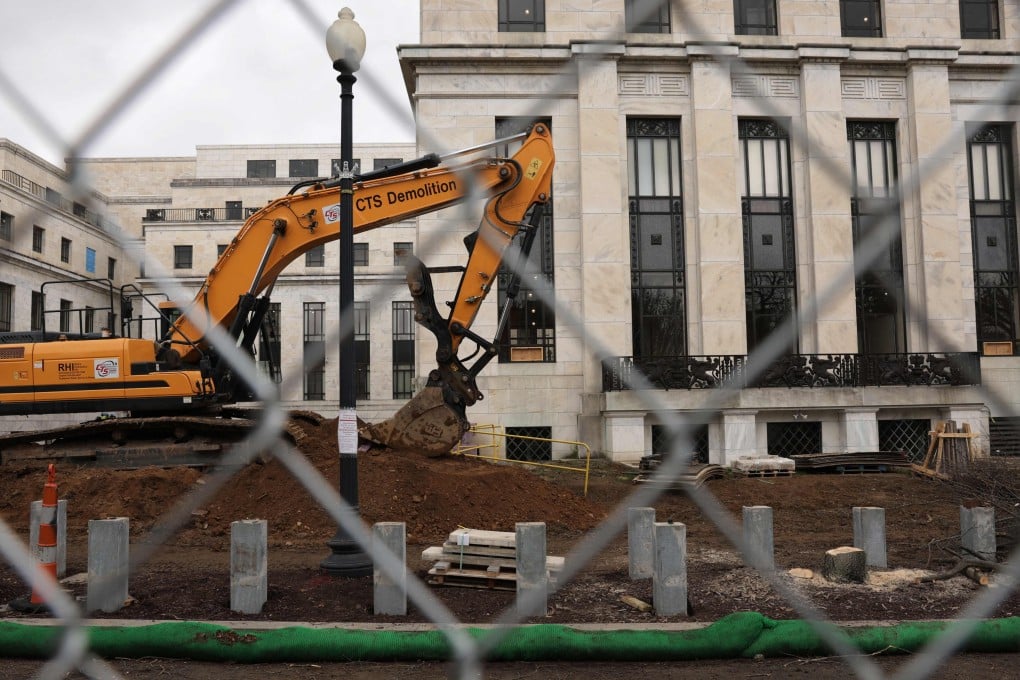Advertisement
Macroscope | Banking shock after SVB collapse complicates Federal Reserve’s inflation fight
- The ripples from Silicon Valley Bank’s collapse have flipped market expectations of Fed policy, from further rate increases to cuts by the end of the year
- As inflation falls and the US economy slows, the Fed faces a trade-off between growth and inflation, with the added complication of ensuring financial market security
Reading Time:3 minutes
Why you can trust SCMP
2

The market view on where central banks will take interest rates next has whipsawed in the past week. Earlier this month, the market was pricing in the potential for the US Federal Reserve to take the cash rate to 6 per cent this year. However, the shock to the banking sector stemming from the collapse of Silicon Valley Bank (SVB) has led the market to instead price in interest rate cuts of 75 basis points by the end of the year.
The uncertain outlook is complicating the investment landscape, but the reality is that the long lags of cumulative policy tightening are starting to take a toll. There is evidence that the cumulative 450-basis-point rise by the Fed over the past year is having an impact on the economy. The housing market is slowing, lending conditions are tightening and business investment is subdued.
Despite all this, the US labour market remains resilient. February saw another 311,000 jobs added in addition to the 504,000 in January. But, even here, there was some softness as the pace of wage growth continued to moderate and was well below the rate of inflation, meaning that real wage growth is negative.
For central banks, it has been all about inflation. There is undoubtedly some frustration in central bank meetings that, despite all the policy tightening, inflation is not falling faster. This is the key debate: not whether prices will fall in the US but how quickly they will fall.
The pace of inflation is easing as many of the supply-induced pressures have faded and consumer demand and spending habits have shifted. Energy prices are also lower than a year ago. This is good news for many aspects of the inflation outlook.
The problem is the stickier parts of inflation. The US consumer price index rose 6 per cent year on year in February while core inflation – which excludes energy and food prices – rose 5.5 per cent over the same period. Those were both lower than in January and their respective peaks of 9 per cent and 6.6 per cent in 2022.
Advertisement
